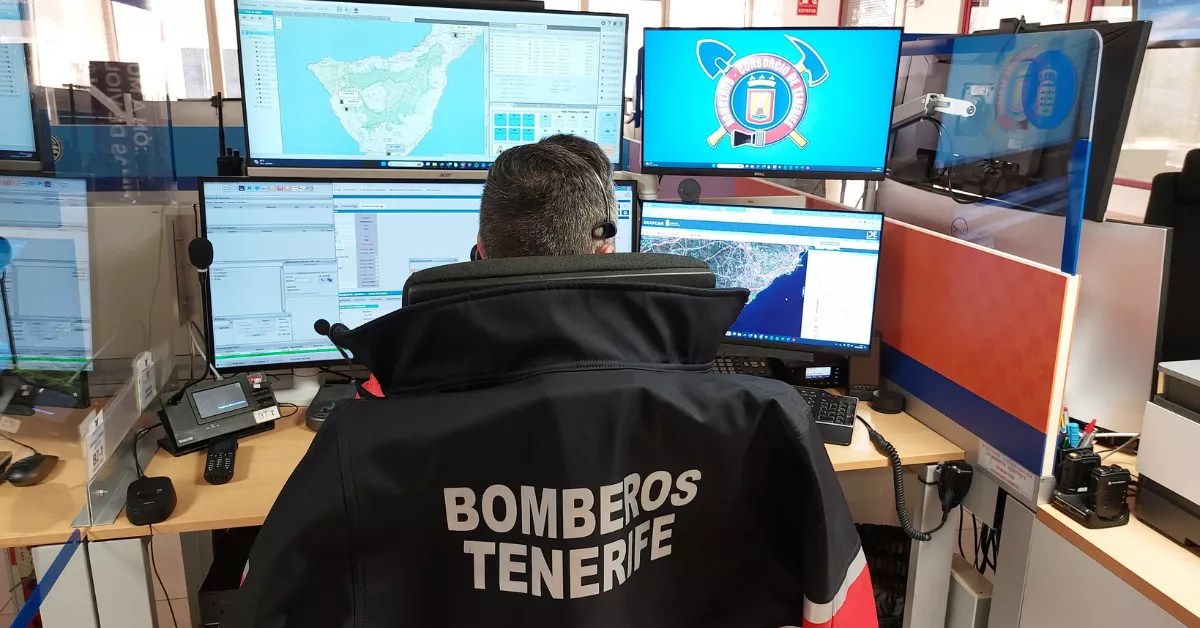The lighting of candles in memory of the deceased, the family gatherings during the night and the consumption of almonds, figs and white wine presided over the night of the deceased in the south of Tenerife last century, a custom that the passage of time and the halloween breakout It has been diluted until almost disappearing.
The region, which until the tourist boom was characterized by austerity in its festivities, celebrated the prelude to the day of the dead from recollection. In the houses, candles were lit, with oil, water and cotton, which were left floating on a plate until they went out, and during the night, by candlelight, some passages from the life of the deceased were remembered, in the anecdotes were never lacking. The gatherings lasted until the wee hours of the morning in most cases and were accompanied with porreta figs, almonds, chestnuts, dried figs and white wine or mistela.
Julio Concepción, researcher and disseminator of Canarian traditions, recalls that, although ranchos de ánimas (groups that sang to the dead from house to house, especially in Gran Canaria, despite the rejection of the Church) were not in style in the South. , yes, popular couplets dedicated to the deceased were written and pronounced, of the type: “I don’t go to the cemetery or be called out, because I have mine there and if I speak they know me”.
Concepción recalls that “when a candle was lit for a deceased person, the match had to be extinguished, because it was said that the light of a dead person extinguishes that of another, so a match was lit for each deceased person. In this way, the message was transmitted that each person has their own light and what needs to be done is to provide the tools so that each one develops their individual light”.
Carlos Delgado, sociocultural researcher and animator from Arona, emphasizes that the night of the deceased was not a sad event but a “positive” tribute to the deceased. “It was time to remember the dead so that they would not disappear completely,” he emphasizes, although he regrets that such an ingrained tradition has lost strength, “quite the opposite of the custom of going to cemeteries to branch out.”
“Many times the families were there all night, as if it were a wake but with a more positive atmosphere, in which the memory of the deceased person was the common thread of the conversations,” explains Delgado.
Some municipalities in the South have planned events to try to preserve the tradition of the Day of the Dead. Arona City Council, through the Historical Heritage area, has organized an evening for tomorrow at the Casa de la Bodega under the title Grasping death with hands, directed by Juan Carlos Tacoronte, actor and oral narrator, which will include stories , music and tasting of roasted chestnuts and wine.
“We want to propose a reflection on life and death, between story and story, and with elements of our collection in front of the Halloween steamroller,” Tacoronte told this newspaper.
For its part, the City Council of Adeje and the Municipal School of Folklore organized last night, in the Plaza de la Cruz del Llano, a night route staged on the customs of the Day of the Dead. It is an initiative that is the product of historical research on the characteristics and values of this date, but also a social study that shows, unfortunately, the ignorance and disregard for this tradition.
The City Council of Granadilla de Abona will celebrate the Night of the Finados tomorrow in Calle Arquitecto Marrero, where a theatrical and folkloric route and an exhibition of photographs related to island habits and customs will take place. The event will include performances by the Oroval Folkloric Group, Heirs of Chasna and a theatrical performance by the Thynisara costumbrista group, as well as a photographic exhibition.
Different Canarian customs will also be announced, such as the wake of the little angels, asking for the saints, the ranches of souls, the tribute to the mothers and the prayers, informed the City Council.
















